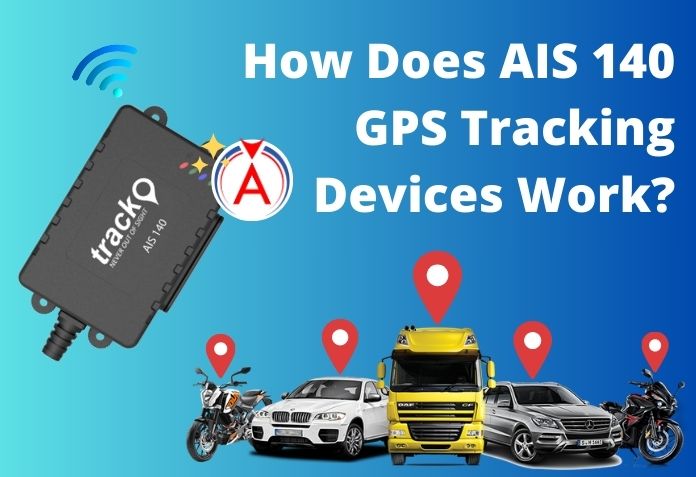

In the ever-evolving landscape of technology, the transportation sector has witnessed a revolutionary transformation with the advent of Advanced Information System (AIS) 140 GPS tracking devices. These devices, designed to enhance the safety and efficiency of vehicles on the road, have become a staple in the fleet management industry. In this blog post, we will delve into the intricacies of how AIS 140 GPS tracking devices work, shedding light on the technology that powers them. Furthermore, we'll highlight the contributions of Acute Communication, a prominent player in the realm of GPS solutions.

AIS 140, short for Automotive Industry Standard 140, is a set of guidelines and standards mandated by the Government of India to ensure the safety and security of public transportation. It applies to all commercial vehicles and mandates the installation of GPS tracking devices compliant with AIS 140 specifications.
1. GPS Module: The core component responsible for location tracking, the GPS module utilises signals from multiple satellites to pinpoint the exact location of the vehicle in real-time.
2. GSM Module: The Global System for Mobile Communications (GSM) module facilitates communication between the GPS device and the central server. It enables data transmission, allowing the device to send real-time information to the fleet management system.
3. Sensors: Various sensors, such as accelerometers and gyroscopes, provide additional data related to the AIS-140 GPS vehicle speed, direction, and overall performance. This data aids in comprehensive tracking and analysis.
4. Microcontroller: Serving as the brain of the device, the microcontroller processes the incoming data from GPS and sensors, ensuring accurate and timely information for monitoring and analysis.
1. Location Tracking: The GPS module continuously receives signals from satellites, determining the vehicle's precise location. This information is then transmitted to the central server through the GSM module.
2. Real-Time Monitoring: The fleet management system, often operated through a web-based platform, receives the data in real-time. This allows for the constant monitoring of the vehicle's location, speed, and other relevant parameters.
3. Alerts and Notifications: AIS 140 GPS tracking devices are equipped with features like geofencing, speed limit monitoring, and unauthorized access detection. If any predefined parameter is breached, the system triggers alerts and notifications, ensuring prompt action can be taken.
As a leading player in the GPS solutions industry, Acute Communication has played a pivotal role in advancing the capabilities of AIS 140 GPS tracking devices. Known for their commitment to innovation, Acute Communication devices boast state-of-the-art technology, ensuring reliable and accurate tracking for their clients.
AIS 140 GPS tracking devices have become a game-changer in the transportation sector, ensuring safety, efficiency, and compliance with government regulations. Acute Communication, with its cutting-edge solutions, continues to shape the landscape of GPS technology, providing businesses with the tools they need to thrive in an increasingly connected world. As technology continues to advance, the future of GPS tracking holds even more exciting possibilities for the transportation industry.